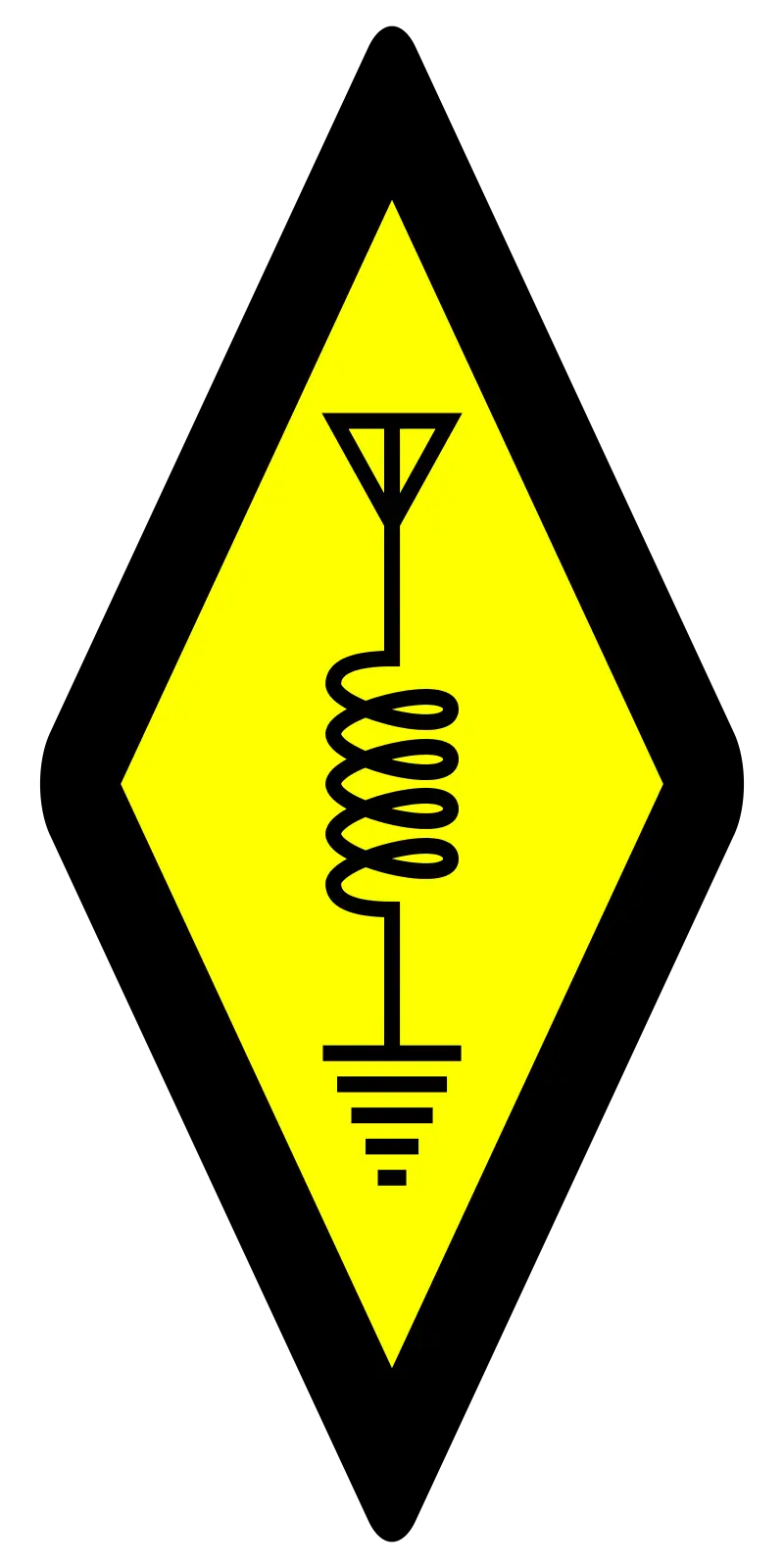tl;dr: if you could build a tiny array of nantennas, could you use it to form an image?
My inspiration for this idea comes from insect compound eyes as well as some uses of optical fiber like boroscopes and endoscopes, where light enters a dense array of optical fibers and emerges as an image on the other end.
The idea is that you have a densely packed array of nanoscopic antennas that are resonant at visible wavelengths, with each antenna connected to its own “feed line” which all in turn connect to a receiver that can collate the received signals from all the antennas into an image.
That you posted in this community means that I am going to assume that you understand that light and radio are the same thing. This means that anything that can “detect” light is essentially an antenna, for that (range of) frequency(ies). The Charge Coupled Device sensors or CCD sensors are in common use in digital imaging, it’s an integrated circuit that can detect light. Or said differently, a CCD can detect radio waves at light frequencies.
In other words, a CCD chip is an array of antennas, that do what you describe.
I’m not sure what a densly packed array of nanoscopic antennas brings that isn’t already solved with a CCD.
CCD’s are also used outside the visible spectrum in all manner of places.
deleted by creator
if you weren’t constrained on the tinyness of the array or its complexity, sure.
But how you gonna get a light-frequency signal down a conductor to the antenna? It would just be light you’d be powering your antenna array with.
so, I consider a DMD or a hologram a device along the lines you mention
This would be a receive-only biological system evolved by a species of alien critters to serve as eyes, so not for any IRL project.
So, your eyeballs already do this … that is, convert radio frequencies into electricity.
When you say it like that, it sounds really mundane.
Ignoring the how of it all, here’s how I imagine it working subjectively. They have a much wider visible spectrum compared to humans, but they can’t perceive the whole thing all at once. They have four pairs of nictitating membranes that act like bandpass filters. Between the bandpass membranes and signal processing in the brain, they “tune” to different spectra, and can even narrow the bandwidth of the received signal. They can sense light polarization by aligning or misaligning their eyes to the direction of polarization, and because their eyes don’t rely on focusing a light to a point, they can stare at the sun without harm or discomfort.
Subjectively, they have no fixed concept of color, as objects appear different depending on how their eyes are tuned. Their languages lack simple color words, and must rely on analogies to objects that are similarly colored, much like most (Western) languages have no simple terms to describe odors beyond relating them to their sources (“earthy”, “fruity”, “floral”, etc).
The low-end of their eyes’ frequency range isn’t set, but they can at least see thermal radiation emitted by living bodies, and the high end is set at the threshold of ionizing radiation. Because their eyes work equally well during the day and at night, they and other species in their clade that share the same eye structure are neither nocturnal nor diurnal, and have active and rest periods that do not sync with the day-night cycle. Upon achieving sapience and developing a structured society with the concept of timekeeping, they do not use different time zones.
I don’t see why not presence sensors like what are used in offices or home automation are based on like 60 gigahertz radio frequency and that’s fine enough to tell when a person breathes in the room.




